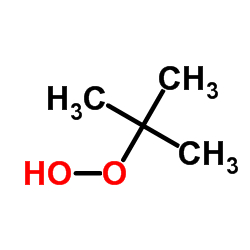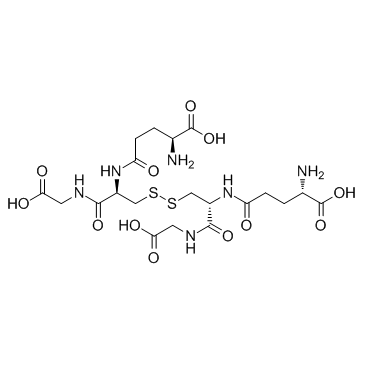| 结构式 | 名称/CAS号 | 全部文献 |
|---|---|---|
 |
叔丁基过氧化氢
CAS:75-91-2 |
|
 |
L-谷胱甘肽(氧化型)
CAS:27025-41-8 |
| 结构式 | 名称/CAS号 | 全部文献 |
|---|---|---|
 |
叔丁基过氧化氢
CAS:75-91-2 |
|
 |
L-谷胱甘肽(氧化型)
CAS:27025-41-8 |